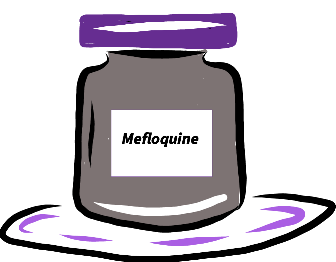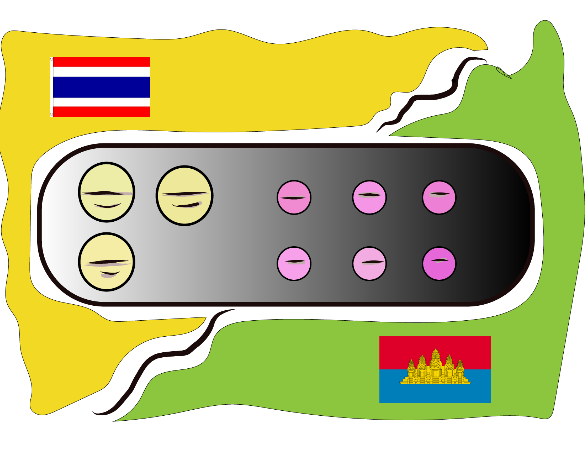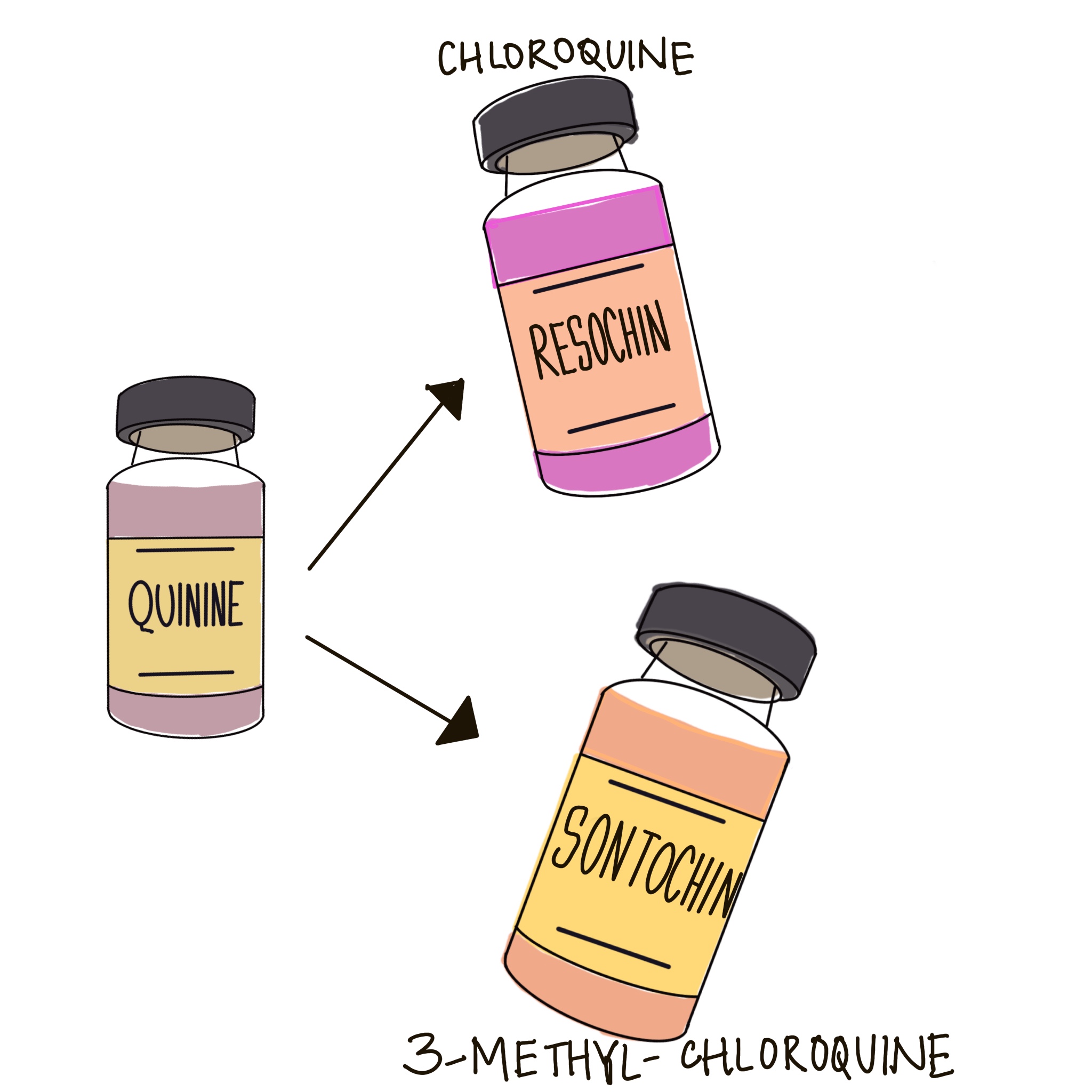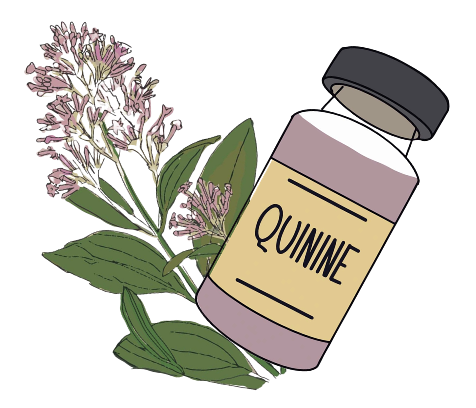1. ArtemisininCurrently, artemisinin-based combination therapy (ACT) is recommended for the treatment of P. falciparum malaria. Fast-acting artemisinin-based compounds are combined with a drug from a different class as a partner drug. Partner drugs include lumefantrine, mefloquine, amodiaquine, sulfadoxine/pyrimethamine, piperaquine, and pyronaridine. Artemisinin derivatives include dihydroartemisinin, artesunate, and artemether. However, drug resistance has become a significant challenge. The first evidence of artemisinin resistance was reported in Cambodia in 2008 which spread to all of the Greater Mekong Subregion and then independently emerged in East Africa. |
|
|
|
2. MefloquineMefloquine was developed by the US army in the 1970s. Resistance to mefloquine was first reported by Shoklo Malaria Research Unit (SMRU) in Thailand in the 1980s. |
3. Sulfadoxine/Pyrimethamine (SP)Both the drugs were discovered in the 1950s, and the combination was developed in the 1960s. It was introduced in Thailand in 1967, and resistance appeared in 1967 and was first reported on Thai-Cambodian border. |
|
|
|
4. ChloroquineDuring the 1940s, chloroquine was used to treat all forms of malaria which tend to have a few side effects. Chloroquine resistance was first reported in South America and South East Asia in late the 1950s and early 1960s. Chloroquine is in most endemic countries the first-line treatment for P. vivax and P. ovale, while primaquine can be used to treat liver stage hypnozoites of P. vivax, to prevent relapse infections. |
5. QuinineQuinine, as a component of the bark of the cinchona tree, was used in the treatment of malaria as early as the 1600s. First cases of resistance for Quinine started in 1910. |
|





